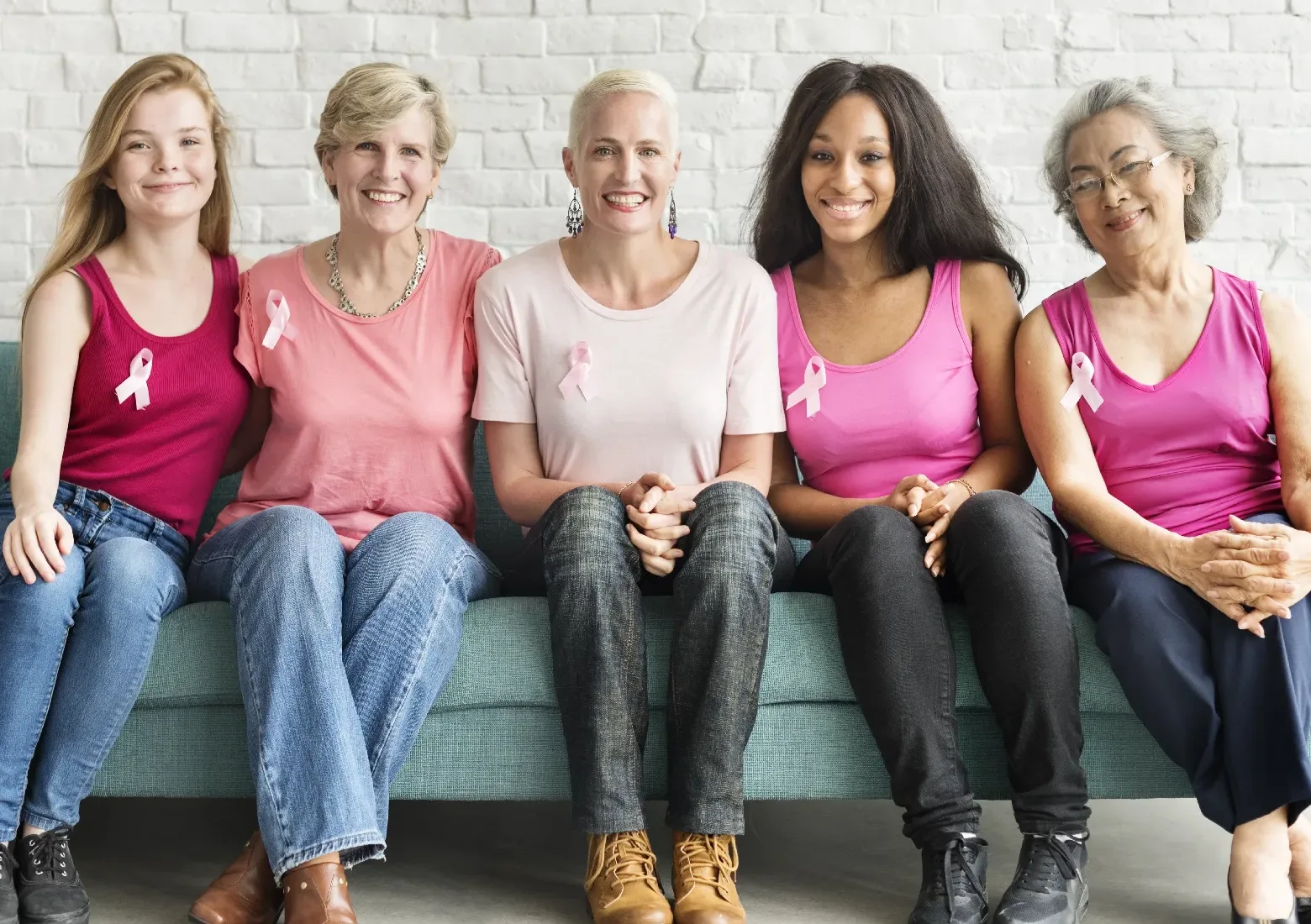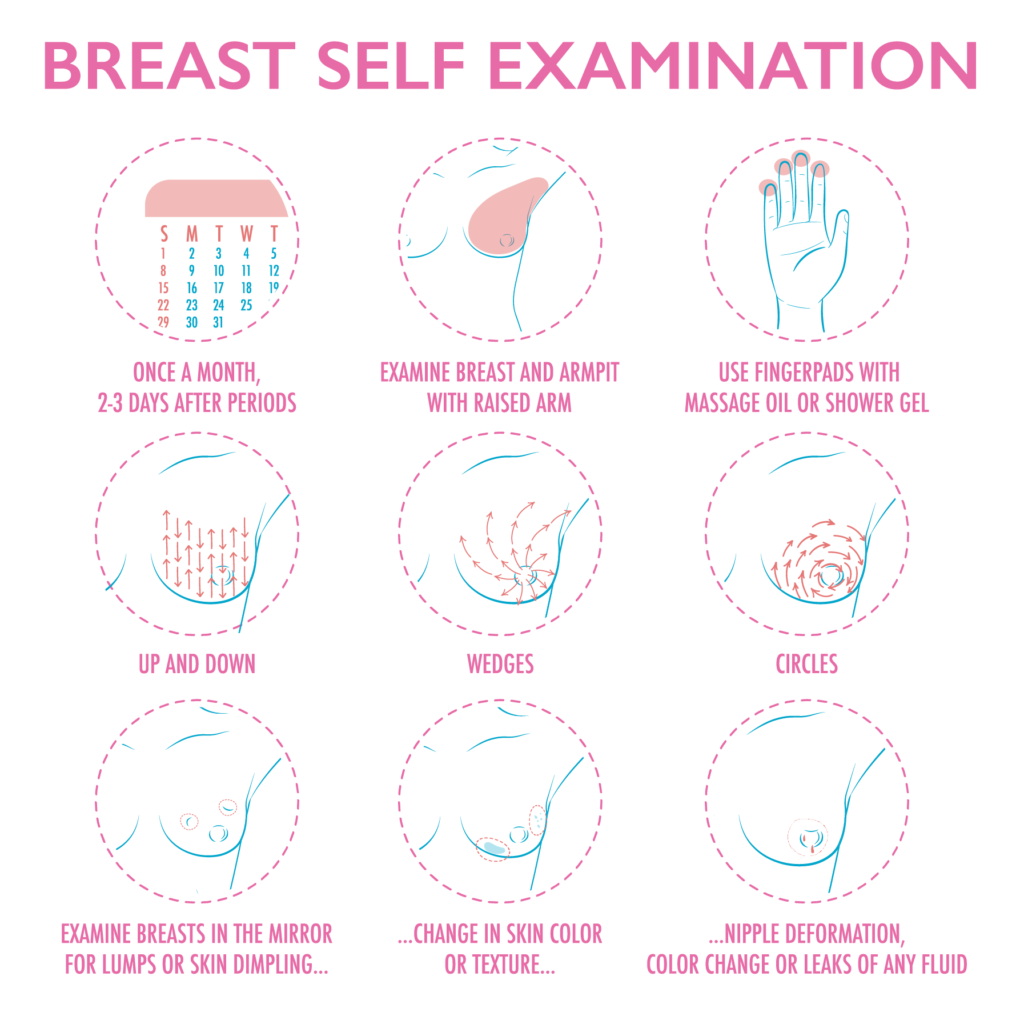Breast Cancer Awareness Month 2021
September 20 • 2021

Every 2 minutes, a woman is diagnosed with breast cancer in the United States.
That’s a dreadful statistic. Over time, we’ve learned one thing to be true – breast cancer doesn’t discriminate. In fact, as of 2021, it became the most common cancer globally. In the United States alone, roughly 330,480 new cases of breast cancer are expected to be diagnosed in women this year and an estimated 43,600 women are expected to die.
What if you were one of those expected 43,600? What if your mom or your sister, your daughter or your wife was among those? And what if there was a type of health care available where breast cancer could be found early on and potentially save the life of your loved one or save your life?
At Aylo Health, caring for the health of women is one of our top priorities, which is why we offer comprehensive care plans – including annual mammograms. A mammogram is a low-dose x-ray used to detect breast cancer early, sometimes even 3 years before a patient starts showing symptoms. It’s the most effective technology to help find and diagnose breast cancer early on when chances of survival are still high. Not only does early diagnosis reduce the risk of death, but it also increases options for treatment. And with our Pink Ribbon Imaging Center being home to two of the state’s Genius 3D mammography machines, you’ll get the best care possible with fewer false positives and more accurate findings.
You may ask though “Why should I get a mammogram? Wouldn’t I be able to tell if I had breast cancer?”. Sadly, not always. Actually…early breast cancer is usually diagnosed through a mammogram because it often causes no signs or symptoms, which is why yearly screenings are so important. The American Cancer Society recommends that women 40 to 44 years old have the option to begin annual mammograms, 45 to 55 to undergo yearly mammograms, and 55 years or older transition to screening every two years. “But I don’t have a family history of breast cancer, so I should be okay, right?” Wrong. As stated before, breast cancer doesn’t discriminate. Roughly 85% of breast cancers occur in women who, in fact, have no family history of breast cancer.
As of January 2021, there are more than 3.8 million U.S. women with a history of or currently being treated for breast cancer.
Here are the hard facts: 1 in 8 women will be diagnosed with invasive breast cancer in their lifetime, and 1 in 39 women will lose their battle with breast cancer.
Ladies, we get it. Your schedule is slam-packed the rest of this year, you have kids to take care of and don’t have the time to care for yourself. You don’t have any extra vacation days to use, and you can’t afford to take time off work. Or maybe…just maybe, you’re afraid – afraid of being that 1. Whatever the reason may be, we understand. But what if you had the chance to save your life or help save the life of your loved one? What if you could be around to watch your daughter or son get married or land their dream job? What if you could spend 50 years with your spouse or partner instead of 30?
Skipping or avoiding a yearly Mammogram can be too risky, and in many cases life-threatening. We know the statistics can be scary but don’t let them keep you from scheduling your mammogram – in fact, let them encourage you to get one.
So, as we honor and celebrate Breast Cancer Awareness, let it be a reminder that annual mammograms should be a regular part of one’s yearly health care routine. And this year through October 1st and 31st, patients will receive a FREE t-shirt after they complete their annual mammogram!
Be a voice to your surrounding community of women, spread awareness against this disease, and encourage annual mammograms to your loved ones at risk. Act now and schedule your mammogram today. x
How To:
Perform a self–exam: It’s important to look for changes around and within your breast on a monthly basis.
▪ Step 1: Check to make sure your breasts are their usual size, shape, and color. Also, make sure they are evenly shaped without noticeable deformation or swelling. If you see any of the following changes, contact your healthcare provider immediately – dimpling or bulging of the skin, nipple abnormalities such as inverted nipples, redness, soreness, or rash.
▪ Step 2: Raise your arms and look for those same changes.
▪ Step 3: While in the mirror, look for any signs of discharge coming out of one or both of your nipples.
▪ Step 4: Feel your breasts while laying down, and use your hands to massage firmly, feeling for any lumps.
▪ Step 5: Feel your breasts again, this time standing up or sitting down. Tip: many women find it easier to feel changes in their breasts when their skin is wet, so it may be best to do this step while in the shower.

Lower your risk: While there is no sure way to prevent breast cancer, there are always steps you can take to help lower your risk. Here are some tips:
▪ Stay at a healthy weight: adults who have increased body weight have a higher risk of breast cancer after menopause.
▪ Eat a balanced diet: studies show that a diet high in vegetables, fruit, and calcium-rich dairy could lower your risk of breast cancer, along with limited consumption of red and processed meat.
▪ Staying active: many studies show that moderate or vigorous exercise is linked with a lower risk of breast cancer and many other cancers. It’s recommended to get 150 to 300 minutes of exercise a week – ideally 300.
▪ Avoid or limit alcohol: alcohol, even minimal consumption, increases the risk of breast cancer. It’s ideal to avoid alcohol entirely or to drink in moderation – no more than one alcoholic beverage per day (12oz beer, 5oz wine, 1.5oz liquor).
▪ Breastfeeding, if able: breastfeeding for at least several months, ideally, the first year, is an added benefit of reducing the risk of breast cancer.
References:
- https://www.cancer.org/content/dam/cancer-org/research/cancer-facts-and-statistics/annual-cancer-facts-and-figures/2021/cancer-facts-and-figures-2021.pdf
- https://www.cancer.org/cancer/breast-cancer-in-men/about/key-statistics.html
- https://www.cancer.org/cancer/breast-cancer/about/how-common-is-breast-cancer.html
- https://www.breastcancer.org/symptoms/understand_bc/statistics
- https://www.reuters.com/article/health-cancer-int/breast-cancer-overtakes-lung-as-most-common-cancer-who-idUSKBN2A219B
- https://www.cancer.gov/about-cancer/causes-prevention/genetics/brca-fact-sheet
- https://www.cancer.org/cancer/breast-cancer/risk-and-prevention/can-i-lower-my-risk.html
- https://www.cancer.org/cancer/breast-cancer/risk-and-prevention/lifestyle-